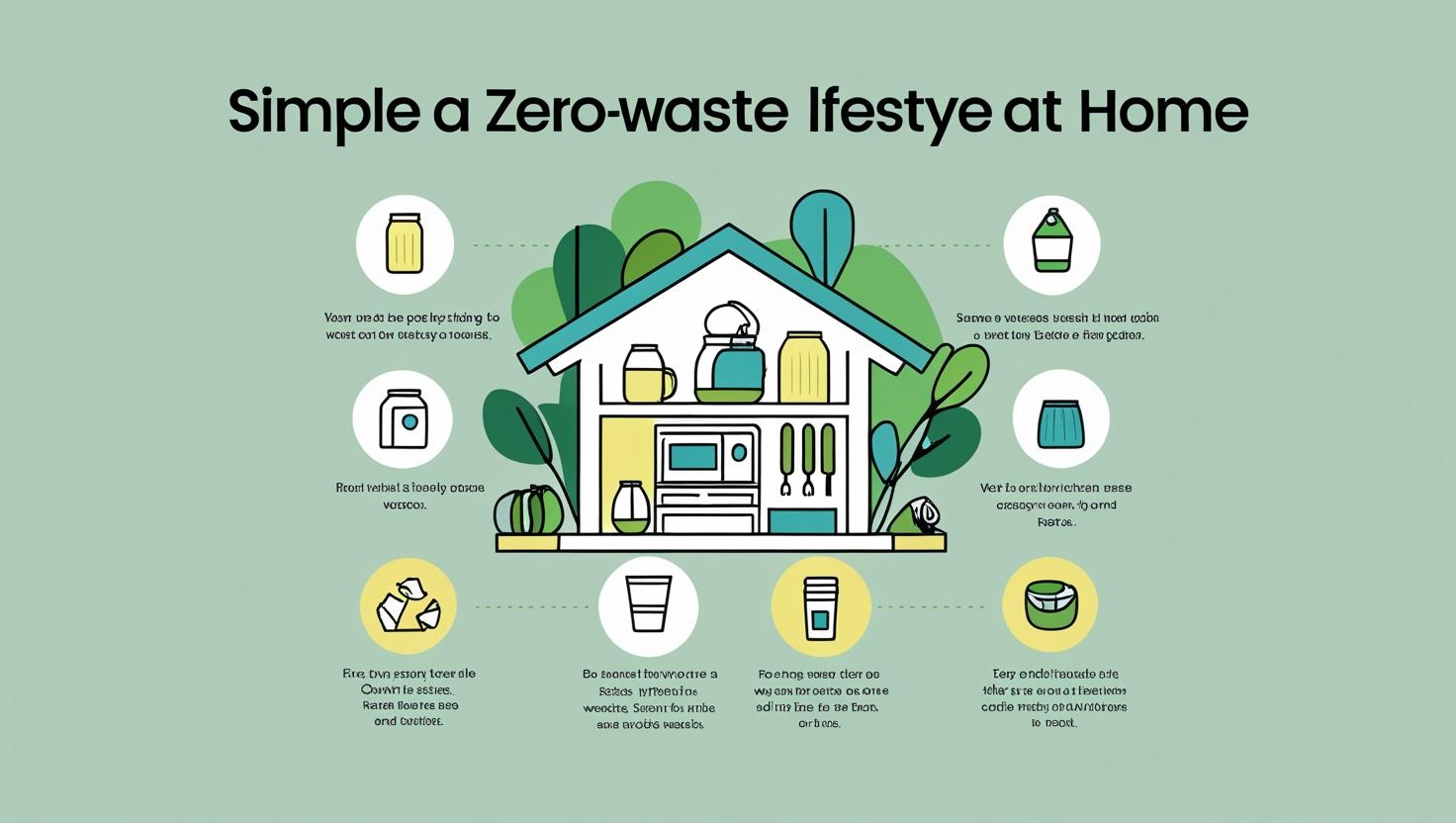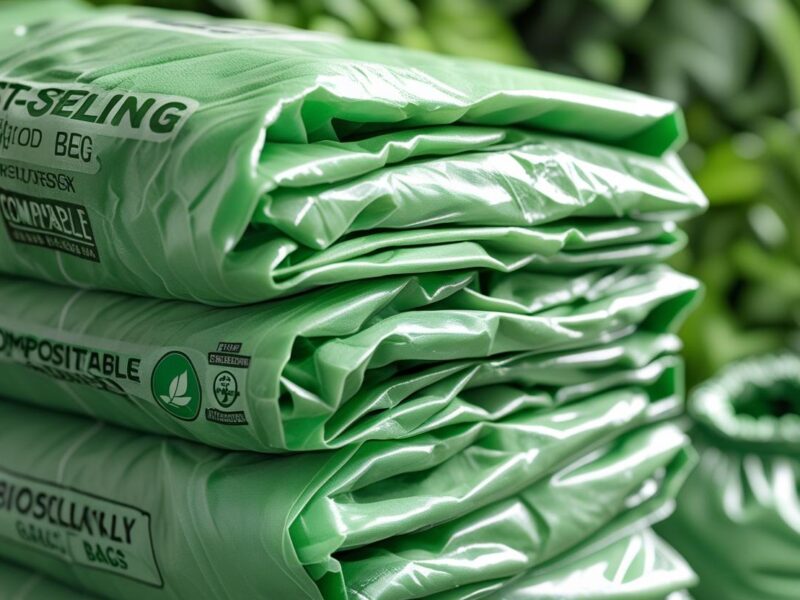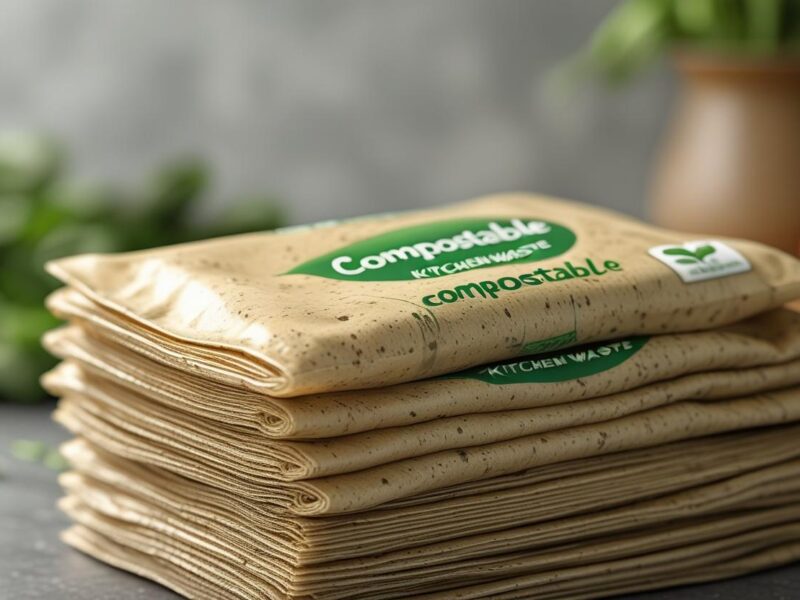Welcome to the journey toward a zero waste lifestyle—a way of living that aims to minimize the amount of trash we produce and maximize the use of reusable, compostable, and recyclable materials.
In today’s world, where landfills are overflowing and plastic pollution is choking our oceans, the need for change has never been more urgent.
In this article, we’ll explore simple, practical, and cost-effective ways to bring the zero waste idea into our homes so that we can live more sustainably while protecting our planet for future generations.
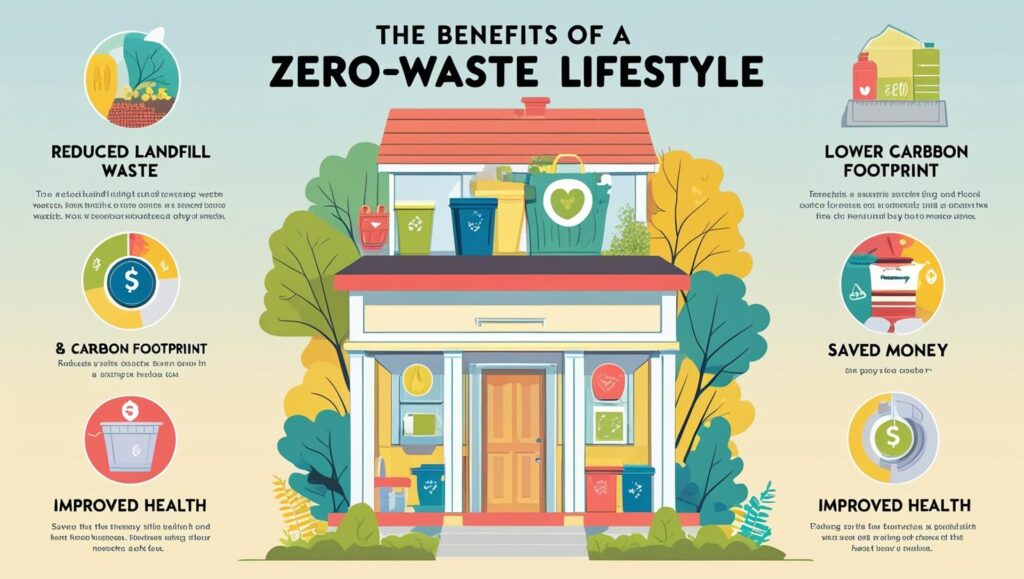
Why Choose a Zero Waste Lifestyle at Home
Living zero waste is more than just a trend—it’s a conscious decision to live responsibly and reduce our impact on the environment.
Key benefits of going zero waste at home:
- 🌍 Reduce Plastic Pollution – Avoid single-use plastics that harm wildlife.
- 💰 Save Money – Reusable products pay off over time.
- 🌱 Healthier Living – Avoid harmful chemicals found in many disposable items.
- ♻ Promote Sustainability – Conserve resources and support eco-friendly industries.
Example: Switching from disposable plastic wrap to reusable beeswax wraps can save hundreds of rolls of plastic each year.
Top 5 Zero Waste Essentials for Your Home
1. Reusable Shopping Bags
- Features: Cotton, jute, or recycled fabric.
- Pros: Durable, washable, eco-friendly.
- Cons: Requires regular cleaning.
2. Stainless Steel or Glass Water Bottles
- Features: BPA-free, long-lasting.
- Pros: Safe for health, keeps drinks fresh.
- Cons: Slightly heavier than plastic bottles.
3. Compost Bin for Kitchen Waste
- Features: Countertop or outdoor compost bins.
- Pros: Turns food scraps into nutrient-rich compost.
- Cons: Needs proper maintenance to avoid odors.
4. Bamboo or Wooden Kitchen Utensils
- Features: Made from renewable materials.
- Pros: Stylish, biodegradable, safe for cooking.
- Cons: Not always dishwasher-safe.
5. Cloth Napkins and Towels
- Features: Cotton or linen fabric.
- Pros: Washable, reduces paper towel waste.
- Cons: Needs laundering.
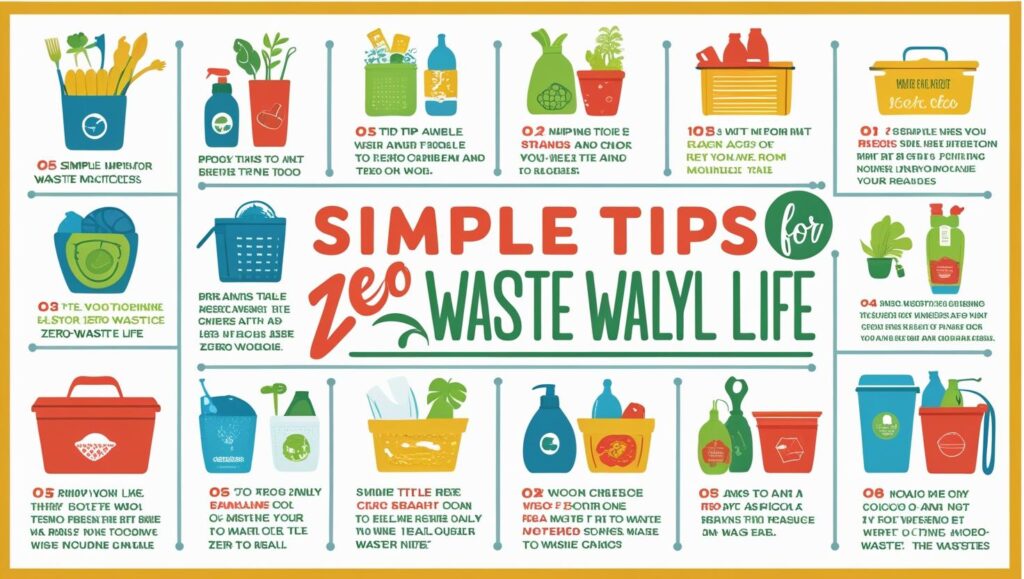
Simple Tips to Implement Zero Waste in Daily Life
Making your home zero waste doesn’t have to be overwhelming. Start small and build habits over time.
Practical steps:
- Buy products in bulk to reduce packaging waste.
- Repurpose old jars for storage.
- Repair broken items instead of replacing them.
- Avoid buying items you don’t truly need.
- Choose refill stations for cleaning products and personal care items.
Example: Refill your shampoo bottle at a local eco store instead of buying a new plastic bottle every month.
Pros and Cons of Zero Waste at Home
| Pros | Cons |
|---|---|
| Reduces environmental footprint | May require lifestyle changes |
| Saves money in the long run | Initial investment for reusable items |
| Healthier and chemical-free living | Not all areas have bulk/refill stores |
| Encourages creativity and reuse | Some products require extra care |
Frequently Asked Questions
Q1: Is zero waste living possible for a busy family?
Ans: Yes. Start with small swaps like reusable bottles and cloth bags, then gradually add more changes as you adjust.
Q2: How do I start zero waste without spending too much money?
Ans: Focus on reusing what you already have before buying new reusable products.
Q3: Can I practice zero waste in Bangladesh?
Ans: Absolutely! Many local markets and online platforms like Daraz and Evaly now offer eco-friendly, package-free products.
Conclusion
Adopting the zero waste idea in our homes doesn’t mean changing everything overnight—it’s about making better choices every day.
Small steps, like replacing single-use plastics with reusable alternatives, can lead to big changes for our planet.
